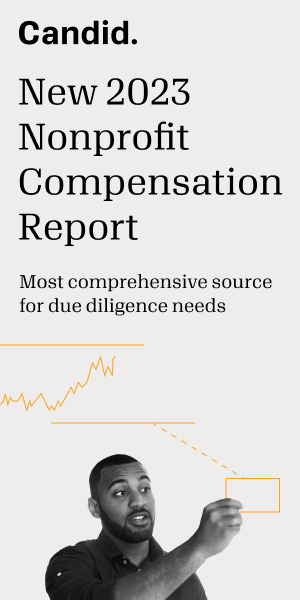Book reviews
Philanthropy News Digest offers reviews of recently published books exploring topics of debate inside and outside the philanthropic sector. For more information, contact Kyoko Uchida, managing editor, at kyoko.uchida@candid.org.
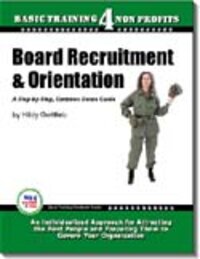
Board Recruitment & Orientation: A Step-by-Step, Common Sense Guide
October 30, 2001Gottlieb uses her considerable 10+ years as a nonprofit consultant to help readers brainstorm the characteristics that board members must have; offer stories, checklists, forms, and charts; and debunk plenty of entrenched dogma about the board-member recruitment process....
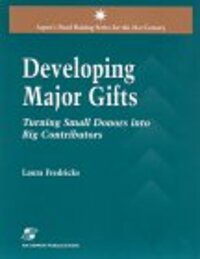
Developing Major Gifts: Turning Small Donors into Big Contributors
October 23, 2001Beginning with the definition of a major gift, Fredricks goes on to discuss how to start a major gifts program, preparation of the gift proposal, making the ask, thanking and recognizing donors, and tracking of prospect activities and gifts; she also includes three case studies....
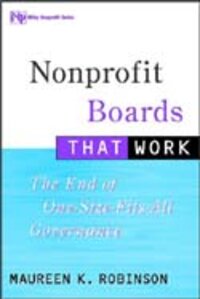
Nonprofit Boards That Work: The End of One-Size-Fits-All Governance
October 16, 2001Robinson believes that whatever their similarities, nonprofits differ dramatically in terms of scale and structure, organizational history and cultural traditions; particularly useful in this context is her differentiation of the board's role into three "dimensions" — legal, functional, and symbolic....
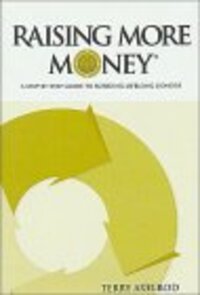
Raising More Money: A Step-by-Step Guide to Building Lifelong Donors
October 9, 2001Using charts and diagrams, Axelrod lays out her model for turning one-time donors into lifelong donors by getting to know them individually and learning what motivates them to give and what it would take to have them give more....
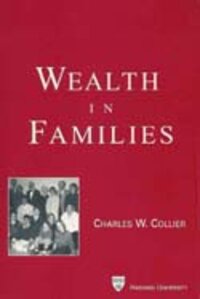
Wealth in Families
October 2, 2001All families possess human, intellectual, social, and financial wealth to some degree, Collier argues, and assessing the nature and extent of each type of wealth is a necessary precursor to deciding how (or whether) to formalize a structure for expressing a family's philosophy and values through philanthropy....
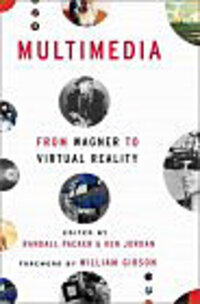
Multimedia: From Wagner to Virtual Reality
September 25, 2001PND's Mitch Nauffts reviews a collection of essays, articles, and literary artifacts that traces the development of multimedia over the past 150 years by authors ranging from Vannevar Bush, Norbert Wiener, and Tim Berners-Lee, to Richard Wagner, John Cage, William Burroughs, and Nam June Paik....
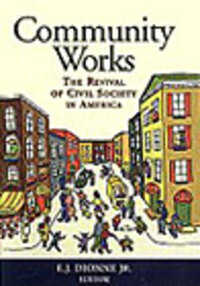
Community Works: The Revival of Civil Society in America
September 18, 2001Community Works is a diverse collection of essays that can be read like a textbook by those new to the concept of civil society or, for the professional or academic, illustrates its political and social applications, including the debate over what role the federal government plays in nurturing or undermining civil society....
Agent-Animated Wealth and Philanthropy: The Dynamics of Accumulation and Allocation Among High-Tech Donors
September 13, 2001Based on an in-depth survey of twenty-eight venture philanthropists, the authors coin the term "agent-animated philanthropy" to describe their philanthropic activity, "in which high-tech donors strive to be productive of outcomes in the same way they have been, or continue to be, formative of outcomes in their business ventures in the knowledge economy"....
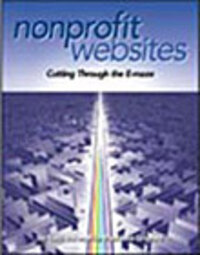
Nonprofit Websites: Cutting Through the E-Maze
September 4, 2001Voltaire's observation that "The more things change, the more they stay the same" is a central theme in Baker's twin theses: 1) the Internet is not a "new world" but rather a potentially valuable additional tool for nonprofits in the "real" world; and 2) a nonprofit's online presence should be a component of an overall marketing plan, not a technological island divorced from the rest of the organization's strategy....
Joint Ventures Involving Tax-Exempt Organizations, 2nd edition
August 28, 2001Sanders thoroughly examines the arrangements under which nonprofit organizations enter into partnerships with other nonprofits or for-profit entities to share resources in the pursuit of charitable goals, and explores the liability of, and consequences to, those nonprofits, either directly or indirectly...
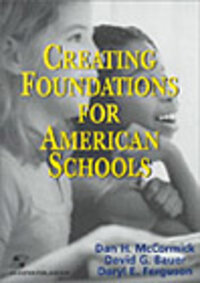
Creating Foundations for American Schools
August 21, 2001The authors take the reader through the process of conceptualizing, developing, and implementing a public school foundation, often using a plausible question-and-answer format to communicate concepts and steps in an almost conversational way....
Ask and You Shall Receive: a Fundraising Training Program for Religious Organizations and Projects
August 14, 2001Though written for a religious organization, Klein's "peer-led" training module, which assumes no prior fundraising experience for either participants or leaders, and the techniques covered in Ask and You Shall Receive are applicable to most small, grassroots nonprofits....
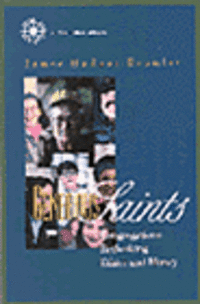
Generous Saints: Congregations Rethinking Ethics and Money
August 7, 2001The author provides a clear understanding of the struggles church leaders face, suggests specific changes, and lays the burden for change directly on the shoulders of those leaders — changes that range from practical cost-cutting measures to involving more lay people in worship, prayer, and service, to focusing on religious goals rather than physical goals....
Extraordinary Board Leadership: The Seven Keys to High-Impact Governance
July 31, 2001The basic tenet of Eadie's book is that any board can strengthen its leadership by applying his high-impact governing model — his guidelines for translating a board's potential for leadership into significant impact on organizational performance....
High Impact Philanthropy: How Donors, Boards, and Nonprofit Organizations Can Transform Communities
July 17, 2001High Impact Philanthropy addresses the significant changes in the economy, donor demographics, and a shift toward greater active participation in community issues by people and institutions that resulted in the 1990s being called a Golden Age for philanthropy, with a focus on transformational gifts....



